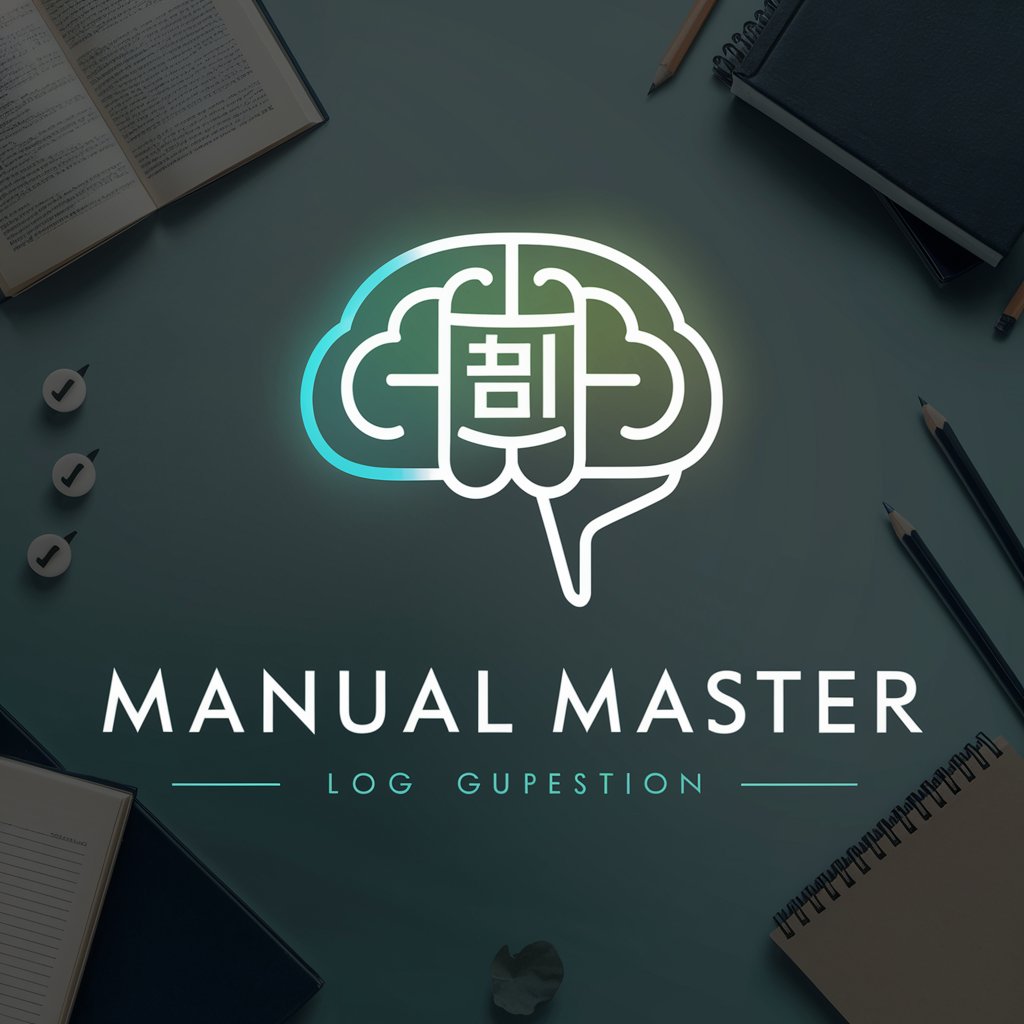
Academic Paper Analyzer - Academic Paper Insight

Hello! Let's dive into your academic research analysis.
Empowering research with AI-driven analysis.
Can you summarize the key findings of this academic paper?
What are the independent and dependent variables in this study?
Please provide a detailed literature review based on the attached PDF.
Identify the data collection method used in this research.
Get Embed Code
Introduction to Academic Paper Analyzer
The Academic Paper Analyzer is a specialized AI-driven tool designed to assist users in dissecting and understanding academic research papers with high precision and depth. It's engineered to automate the process of conducting literature reviews by providing detailed analyses of studies, including the general idea, variables involved, key results, implications, and the overall usefulness of the research. This tool is particularly adept at parsing through PDF files of academic papers, extracting essential information, and presenting it in a structured, easy-to-understand format. For instance, if a user uploads a PDF of a recent study on the effects of climate change on marine biodiversity, the Academic Paper Analyzer would meticulously review the document to identify the independent and dependent variables, such as 'global temperature increases' (independent) and 'species diversity in coral reefs' (dependent), outline the study's methodology, summarize key findings, and note any moderators or mediators. It then compiles this information into a structured summary, complete with the article's citation in a predefined format. Powered by ChatGPT-4o。

Main Functions of Academic Paper Analyzer
Literature Review Automation
Example
Automatically synthesizing the literature review section of a paper on socio-economic impacts of urban green spaces.
Scenario
A user uploads a study aiming to understand how urban green spaces affect local economies and social structures. The tool analyzes the document, identifying key themes, variables, and results, thus providing a comprehensive review that could support further research or review articles.
Structured Summary Creation
Example
Generating a summary for a study on the effectiveness of remote learning tools during the COVID-19 pandemic.
Scenario
Upon receiving a research paper PDF, the tool extracts critical information, including the study's objectives, methodology, findings, and implications. It organizes this information into a structured summary format, making it easier for educators and policymakers to understand and apply the insights.
Reference Extraction and Formatting
Example
Locating and correctly formatting the reference of a paper on renewable energy sources.
Scenario
The tool scans the uploaded document to find the reference section, accurately extracts the citation, and formats it according to a specified style, such as APA or MLA. This function is particularly useful for researchers compiling literature reviews or bibliographies.
Ideal Users of Academic Paper Analyzer Services
Academic Researchers
This group includes individuals conducting research in various academic fields. They benefit from using the Academic Paper Analyzer by saving time on literature reviews, ensuring they have not missed critical studies, and maintaining an organized database of references in correct formats.
Students
Students at undergraduate, graduate, and postgraduate levels can use the service to better understand complex academic papers, streamline the process of writing literature reviews, and accurately cite sources for their theses or dissertations.
Educators and Policymakers
This user group can leverage the tool to quickly assimilate findings from new studies, apply these insights into policy-making or curriculum development, and stay abreast of the latest research trends in their fields of interest.

How to Use Academic Paper Analyzer
1
Access the service freely without signing up by visiting yeschat.ai, eliminating the need for a ChatGPT Plus subscription.
2
Upload the academic paper in PDF format that you wish to analyze. Ensure the document is clear and readable to facilitate accurate analysis.
3
Specify any particular aspects of the paper you're interested in, such as the literature review, methodology, results, or discussion sections, to tailor the analysis to your needs.
4
Review the generated analysis, which includes a structured summary covering key elements like variables, data collection methods, and key findings.
5
Utilize the detailed reference provided in the correct format for your research or academic work, ensuring proper citation and acknowledgment.
Try other advanced and practical GPTs
MM
Crafting Clarity in Education

مستشار الأعمال الرقمية
Empowering Your Online Business with AI

InnoThink AI
Empowering Research with AI Insights

ML Caddy
Empowering your ML coding journey with AI.

AGI Jesse ML Engineer
Empowering Financial Decisions with AI

MJ Maestro™️
Empowering creativity with AI-driven prompts

Baza Wiedzy Letniskowo
AI-powered Insight into Mobile Living

الربح من الانترنت
Empowering Earnings with AI Guidance

創業模擬遊戲
Empowering Future Entrepreneurs with AI

Mr Writer
Enhance Your Career Journey with AI

Mr. Black Consultor Empresarial
AI-Powered Business and Legal Insights

Purpose Statement Guide
Craft Your Purpose, Empower Your Journey

Detailed Q&A about Academic Paper Analyzer
What types of academic papers can the Academic Paper Analyzer process?
The Academic Paper Analyzer is designed to process a wide range of academic papers, including research articles, review articles, conference papers, and thesis documents, across various disciplines. It's optimized for PDF formats for comprehensive analysis.
Can the Academic Paper Analyzer identify and analyze multiple variables within a paper?
Yes, the analyzer is capable of identifying and analyzing both independent and dependent variables within a paper. It provides detailed and short descriptions of these variables, along with identifying any moderators or mediators if present.
How does the Academic Paper Analyzer handle data collection methods mentioned in papers?
It meticulously identifies the data collection methods described in the paper, categorizing them accurately. This includes qualitative methods, quantitative methods, or a mix of both, providing users with insight into the research methodology.
What makes the Academic Paper Analyzer unique in handling academic literature?
What sets this tool apart is its ability to provide a structured summary that includes all critical elements of the paper, thorough literature review, precise extraction of variables, data collection methods, and key findings, coupled with accurate reference formatting.
Is there a way to export the analysis provided by the Academic Paper Analyzer?
Currently, the analysis can be easily copied from the interface but direct exporting options vary. Users are encouraged to copy the analysis into their documents or research management tools for further use and integration into their work.